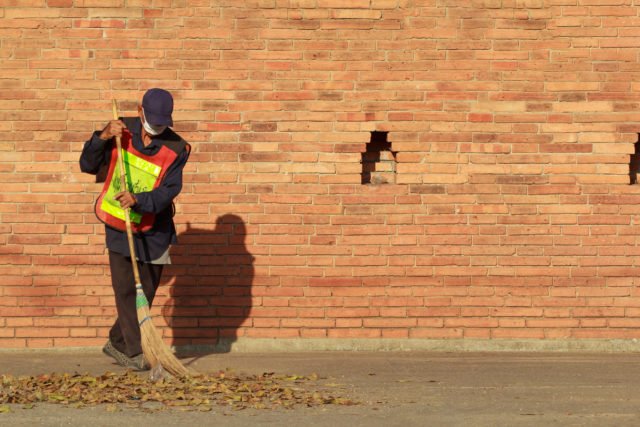
What Share of Noncovered Public Employees Will Earn Benefits that Fall Short of Social Security?
Abstract
Social Security is designed to serve as the base of retirement support, to be supplemented by employer-sponsored plans. However, approximately one-quarter of state and local government employees – currently, around 5 million workers annually – are not covered by Social Security on their current job. Federal law allows these noncovered workers to remain outside of Social Security if their state or local plan provides comparable benefits. Since many public pensions have grown less generous in recent years, determining whether state and local plans currently provide comparable benefits is important.
The paper found that:
- All retirement plans for noncovered workers follow the letter of the law, but a significant number may still leave noncovered workers falling short of Social Security-equivalent resources in retirement.
- Medium-tenure workers who spend the early part of their career in noncovered government employment are at most risk.
- These workers represent only a fraction of the noncovered workforce so that, ultimately, about 16 percent of noncovered workers – representing between 750 thousand to 1 million employees annually – could be at risk.
The policy implications are:
- While only a fraction of noncovered workers are at risk of falling short, the problem is still serious. Social Security is intended to provide a minimum level of retirement income for all Americans. Thus, learning that between 750 thousand to 1 million noncovered workers annually could ultimately be at risk of not receiving that minimum is concerning.








